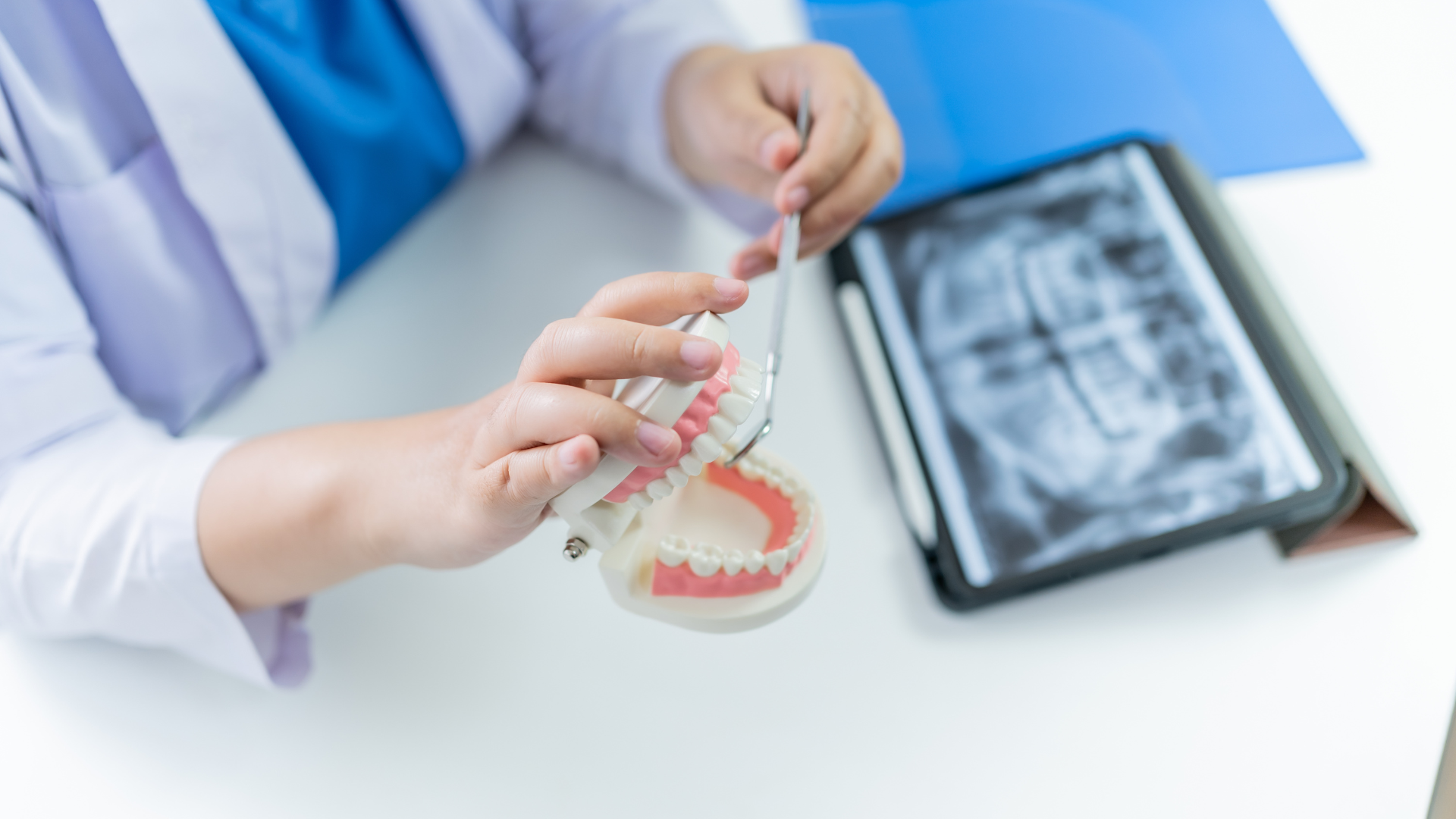When emergencies happen, quick and effective help can save lives. Public safety-emergency medical services (EMS) are at the heart of this effort. These dedicated professionals respond to medical crises, accidents, and disasters, ensuring that people get the care they need.
Let’s check out how EMS plays a crucial role in keeping communities safe and prepared.
1. Responding to Medical Emergencies
EMS teams are the first to arrive during medical emergencies. They assess situations, provide first aid, and stabilize patients before transporting them to hospitals.
For instance, during heart attacks or accidents, time is critical. EMS professionals ensure patients receive immediate care, which often means the difference between life and death. Their skills, training, and quick thinking save countless lives daily.
Moreover, their presence reassures communities that help is always near when needed most.
2. Ensuring Safety at Public Events
Large gatherings like parades, concerts, and sports events can pose risks. EMS teams provide on-site support, ensuring safety for attendees.
Having public safety-emergency medical services at these events helps manage minor injuries and respond to more serious situations immediately. Their readiness gives event organizers and participants peace of mind, knowing that help is nearby.
Additionally, EMS teams coordinate with other safety professionals to create emergency plans tailored to each event.
3. Providing Disaster Response
Natural disasters like hurricanes, floods, or wildfires demand swift action. EMS professionals work with other public safety agencies to rescue and care for those affected.
For example, during hurricanes, EMS teams help evacuate people from dangerous areas. They also set up medical stations to treat injuries or illnesses.
Their training in disaster response allows them to remain calm and effective, even under challenging circumstances. As a result, communities recover faster with their support.
4. Educating Communities About Safety
EMS teams do more than respond to emergencies—they also teach people how to stay safe. Through workshops and school programs, they share life-saving knowledge like CPR and first aid.
These lessons empower individuals to act during emergencies while waiting for professional help. For example, teaching CPR can help someone save a loved one experiencing cardiac arrest.
By educating communities, public safety-emergency medical services build a culture of safety and preparedness.
5. Acting as a Bridge Between Home and Hospital
When someone needs urgent medical care, EMS professionals act as the vital link between the scene and the hospital. Their role involves more than just transporting patients.
For instance, they provide treatment during transit, such as administering oxygen, managing wounds, or stabilizing broken bones. This care ensures patients arrive at hospitals in the best possible condition for further treatment.
Additionally, EMS teams communicate with hospital staff before arrival, ensuring doctors are prepared to act immediately.
6. Supporting Mental Health Crises
Mental health emergencies are just as critical as physical ones. EMS professionals receive training to handle situations involving mental health crises.
Whether someone is experiencing severe anxiety or thoughts of self-harm, EMS teams provide compassionate care and connect them with the right resources.
Moreover, their role reduces the stigma surrounding mental health, showing that all emergencies deserve attention and care.
7. Coordinating With Other Public Safety Services
EMS teams often collaborate with police, firefighters, and other safety professionals. This teamwork ensures comprehensive responses during emergencies.
For example, during car accidents, police secure the scene while EMS provides medical care. In fires, EMS treats victims while firefighters control the flames.
Such coordination allows communities to feel protected from all angles, as each agency brings unique expertise to the situation.
How EMS Professionals Prepare for Emergencies
To handle diverse situations, EMS professionals undergo extensive training. Here are some key aspects of their preparation:
1. Medical Training
They learn advanced techniques like administering medications, using defibrillators, and managing trauma cases.
2. Scenario Practice
Simulated emergencies help them practice quick decision-making and teamwork in realistic settings.
3. Continuous Education
EMS teams regularly update their skills to stay ready for new challenges and advancements in medical care.
The Impact of EMS on Communities
The work of EMS teams extends far beyond individual emergencies. Their presence strengthens entire communities.
1. Building Trust
When communities see EMS professionals in action, they feel confident in their safety systems.
2. Encouraging Preparedness
EMS teams inspire people to take safety measures seriously, such as learning first aid or keeping emergency kits at home.
3. Saving Lives Daily
Each life saved represents the profound impact of public safety-emergency medical services on society.
Conclusion
Public safety-emergency medical services are a vital part of every community. They respond quickly to emergencies, save lives, and teach people how to stay safe.
Their role goes beyond medical care—they provide hope, security, and trust. Supporting these professionals ensures a safer, healthier future for everyone.
Whether through education, disaster response, or daily emergencies, EMS teams are the heroes we count on. Let’s celebrate their dedication and do our part to support their essential work.If you ever need help, calling emergency medical services will bring quick and skilled care. At TipleF Rescue, let’s appreciate these teams and remember the vital role they play in keeping everyone safe



